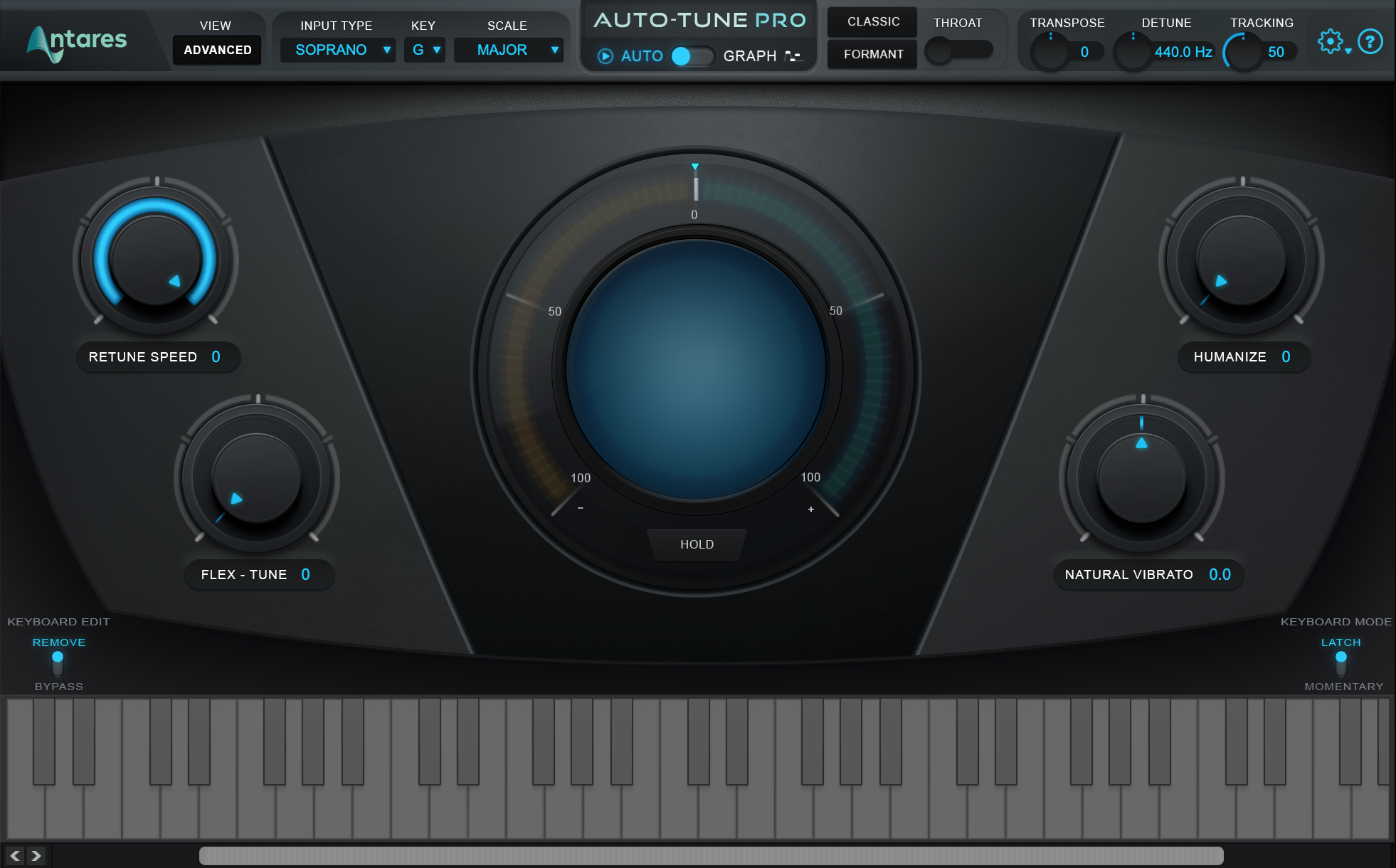

- AUTO TUNE LOGIC PRO X HOW TO
- AUTO TUNE LOGIC PRO X MANUAL
- AUTO TUNE LOGIC PRO X SOFTWARE
- AUTO TUNE LOGIC PRO X PROFESSIONAL
AUTO TUNE LOGIC PRO X HOW TO
How to do pitch correction in Logic Pro X
AUTO TUNE LOGIC PRO X MANUAL
If you are using Logic Pro X and don’t have Antares Auto-Tune yet, no problem, you can use a combination of stock plug-ins and built-in features of Logic Pro X for both automatic and manual correction.
AUTO TUNE LOGIC PRO X PROFESSIONAL
While listening to other songs, you can’t hear autotune at all, but it’s probably there, done gently to retain all the qualities of natural human singing.Īuto-Tune has become an integral part of professional vocal mixing, so if you are producing songs, you’ll need to know how to tune vocals.

Some songs are produced in such a way that you can hear the famous robotic voice in the audio file, called the T-Pain effect. Pitch correction, both automatic and manual, is used for vocal performance editing in almost all genres, not only hip-hop, rap, EDM, and pop songs. Why do you need a pitch correction plug-in? In this article, we’ll tell you how to successfully auto-tune a vocal track using only Logic Pro X and its stock plugin.
AUTO TUNE LOGIC PRO X SOFTWARE
Although Auto-Tune, made by Antares Audio Technologies, is the most famous and professional software for doing pitch correction, there are also a handful of other popular apps you can use for tuning recordings, especially vocals. Literally as easy as 1,2,3…maybe 4 if you aren’t the best singer.We can’t imagine music production today without Auto-Tune. Logic Pro X makes it incredibly easy to implement AutoTune into your vocal tracks. *Be sure that the entire vocal section isn’t highlighted when trying to flex just one pitch. Click on the highlighted note and drag it either up or down to the pitch you think sounds good corresponding to the key of your song. To do this, first, listen to your vocal track and point out which notes need some fine-tuning. Now press ‘W’ to bring up the audio file editor and click on Track.įrom here, we can manipulate each and every note so that we can fine-tune them to the correct pitches. Since your track is currently highlighted, press the ‘F’ to bring up Flex Mode to your track and click on Flex Pitch. If you or someone that isn’t the best at singing recorded the vocal track, then some of those imperfections may be heard. *Note that it is usually a good idea to set the response to 0.00ms so that it is quick to snap to the correct pitch. If it sounds a little somber or sad, then it’s probably in the minor scale.Īs seen below, we have set our autotune plugin to the G Major Scale. If it sounds happy, then it is most likely in the major scale. For instance, if your song is in the key of G, then your root note will be G.įor the scale tab, make sure you choose the correct scale type for your song.

If you know what key your song is in, simply choose the correct root note to said key.

However, with a little time and patience, your autotune will sound professional! This next step could be a little tricky for those that have no knowledge of music theory. This will open up the stock Pitch Correction Plugin. Once you find the plugins tabs, click on the dark shaded area to open up a list of usable plugins. Today we are just using the stock autotune plugin that comes with Logic Pro X. On the far left side of the program, you will find where you can insert multiple plugins. Once pressed, you will notice that the vocal track will be highlighted while the other tracks are greyed out. Remember that it always helps to name each track so that we stay organized. Solo your vocal trackįirst, we will need to single out or solo our vocal track by clicking the ‘S’ button as shown below. If AutoTune is the sound you are going for, here are the steps to add it seamlessly to your tracks. Today we tackle How to AutoTune in Logic Pro X. Whether you are brand new to Logic Pro X or producing music for the first time, we learn step-by-step how to efficiently set up autotune to your vocal tracks with ease. Sometimes, autotune can actually sound pretty stellar if done right. If you are not sure how to do it correctly, it could sound worse than the actual person singing. AutoTune can certainly be a love-hate relationship throughout the music world.


 0 kommentar(er)
0 kommentar(er)
